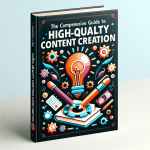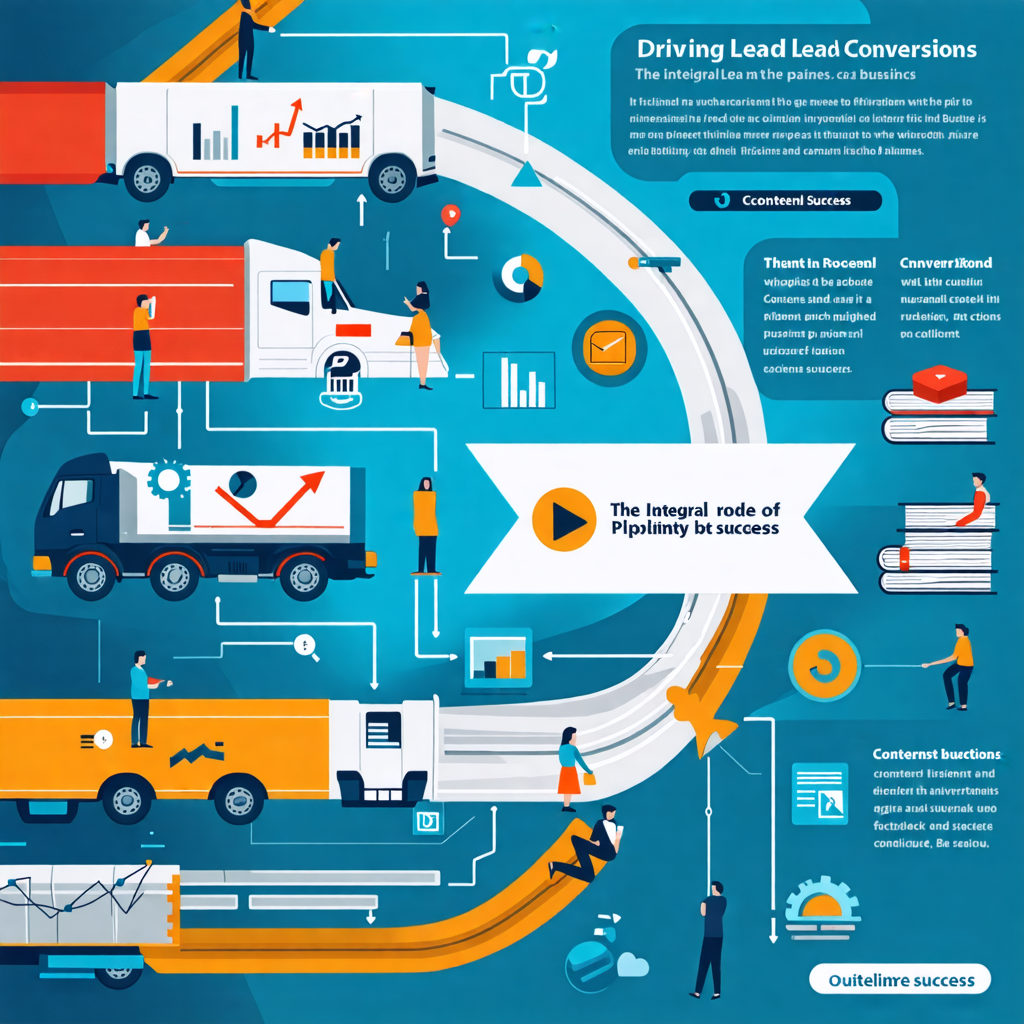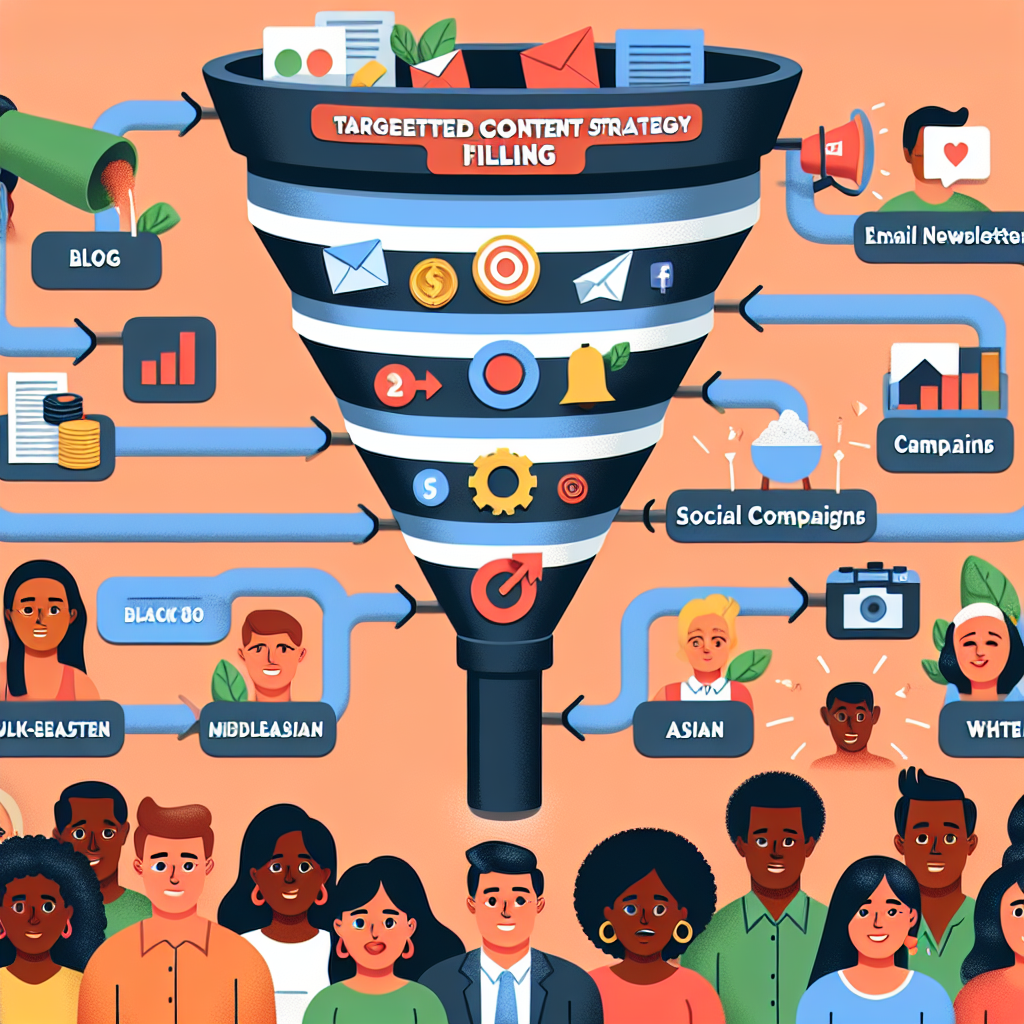For some businesses, only a handful of content types might make sense, while for others, a full portfolio of diverse content may be required to hit all the necessary touchpoints in the buyer’s journey. But no matter your size or industry, leveraging content templates can help you streamline content creation and ensure your strategy aligns with your business goals and objectives.
In this article, we’ll explore how to use different content templates to suit your unique needs, whether you’re just starting with a few or planning to integrate a comprehensive content plan across your entire marketing strategy.
Why Content Templates Are Essential for Business Owners
Content templates are more than just guides—they’re frameworks that help structure your content in a way that aligns with your business goals. They save time, provide consistency, and ensure that your messaging stays on track. But the real magic happens when you customize these templates to fit your unique audience and objectives.
Using templates doesn’t mean your content has to be cookie-cutter. On the contrary, they offer a foundation upon which you can build your brand’s voice, style, and messaging, ensuring every piece of content you create serves a strategic purpose.
And the best part? Templates are flexible. You can start with a few that align with your immediate needs, and as your business grows, you can expand your content portfolio to include a wider range of content types.
Exploring Different Content Templates
Let’s break down some of the most common types of content templates and how they integrate into your overall content strategy. Whether you’re looking to educate, inspire, or convert your audience, there’s a template that fits your needs:
1. Blog Posts
Blog posts are one of the most versatile content types. Whether you’re sharing insights, how-to guides, or news, a well-structured blog post can drive traffic, improve SEO, and establish authority in your industry. Most businesses use this template to provide value to their audience and build trust over time.
2. Listicles
Listicles, or list-based articles, are popular for their easy-to-digest format. They work particularly well for businesses looking to break down complex information into actionable steps or highlight multiple solutions to a problem. They’re also highly shareable, making them great for social media engagement.
3. Case Studies
For businesses that want to showcase their success stories, case studies are invaluable. This template allows you to walk potential customers through a real-life example of how your product or service solved a problem. Case studies are particularly effective in the consideration and decision stages of the buyer’s journey.
4. White Papers
White papers are a powerful tool for businesses that need to educate their audience on a complex topic. This content template is in-depth, data-driven, and often used to showcase thought leadership. It’s a great way to appeal to a more technical or business-savvy audience, particularly in B2B industries.
5. Infographics
Infographics take dense information and present it in a visually engaging way. If your business deals with statistics or data-heavy subjects, this template helps break it down into a format that’s not only easier to understand but also more shareable. Infographics can help boost both engagement and SEO.
6. Video Content
In the age of YouTube and TikTok, video content is more important than ever. Whether you’re creating product demos, customer testimonials, or behind-the-scenes content, video engages your audience in ways that written content often can’t. It’s personal, interactive, and can convey your brand’s personality in a highly engaging way.
7. Webinars
Webinars provide an opportunity to dive deep into a subject, offer real-time engagement, and position your business as an expert in your field. They’re especially effective for businesses looking to generate leads and nurture them through the sales funnel. Webinars offer value and give potential customers the chance to ask questions, increasing trust.
8. Social Media Posts
Not all content needs to be long-form. Short, concise, and impactful social media posts can help you stay top-of-mind with your audience. Whether you’re sharing blog posts, announcing promotions, or simply engaging with your community, a solid social media template ensures your brand’s voice is consistent across platforms.
9. Email Newsletters
Email newsletters are a powerful way to nurture relationships with your existing audience. They can keep your subscribers informed about the latest company news, product updates, or helpful tips. With the right template, you can ensure that each email delivers value and maintains your brand’s tone.
Choosing the Right Templates for Your Business
Not every business will need to use every content template. It’s all about aligning your content strategy with your business goals. If you’re a local bakery, for instance, you might focus heavily on social media posts, blog posts, and videos to showcase your creations and connect with your community. If you’re a B2B software company, white papers, webinars, and case studies might be more up your alley.
The key is to start small. You don’t have to roll out every content type at once. Begin by identifying your business objectives—do you want to raise brand awareness, educate your audience, or drive conversions? Based on these goals, you can select a few content templates that align with your needs and gradually expand your portfolio as you grow.
For example, a business looking to educate their audience might start with blog posts and white papers, while a company focused on building a personal connection with their customers might lean more heavily into video content and social media engagement.
How Content Templates Fit Into Your Overall Strategy
Once you’ve chosen the right content templates for your business, it’s important to integrate them into your overall content strategy. This means ensuring that each content piece aligns with your broader marketing objectives and is tailored to the right audience at the right time.
For example, blog posts can be used to drive top-of-the-funnel awareness, while case studies and webinars are more suited for the middle or bottom of the funnel, where potential customers are evaluating their options. Social media posts can keep your audience engaged in between these larger content pieces, reinforcing your messaging and maintaining a consistent presence.
By strategically placing each content type at different stages of the buyer’s journey, you can guide your audience from awareness to decision, all while building trust and demonstrating value.
Measuring the Success of Your Content Templates
Content marketing is a long game, but it’s essential to measure the performance of your content templates to ensure they’re delivering results. Each content type will have different metrics of success. For blog posts, you might look at traffic and engagement. For videos, you might focus on views and shares. For email newsletters, open rates and click-through rates are key.
By analyzing these metrics, you can make data-driven decisions about which content templates are working best for your business and where you might need to make adjustments. If certain templates are consistently outperforming others, you can double down on those strategies, or experiment with new templates to see if they resonate with your audience.
Conclusion: The Flexibility of Content Templates
Whether you choose to use a few content templates or integrate a full portfolio into your marketing strategy, the key is to stay flexible and aligned with your business goals. Content templates provide a solid framework that can be adapted as your business grows, ensuring that you’re always producing content that resonates with your audience.
By strategically choosing and integrating the right content types, you can boost engagement, build trust, and ultimately drive conversions. So, whether you’re just starting out or refining your content strategy, take the time to explore how different content templates can fit into your overall marketing efforts.
Related Posts:























